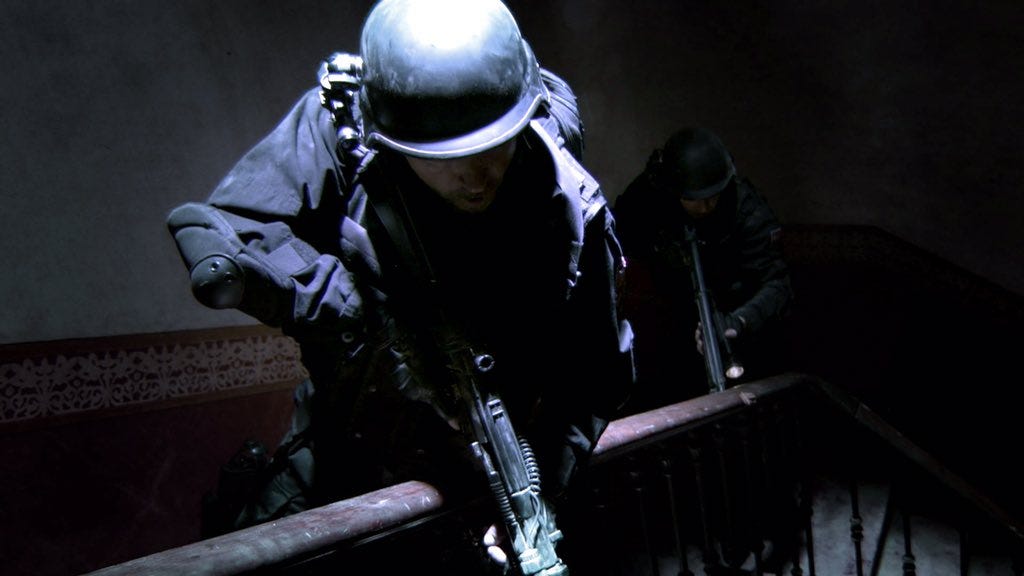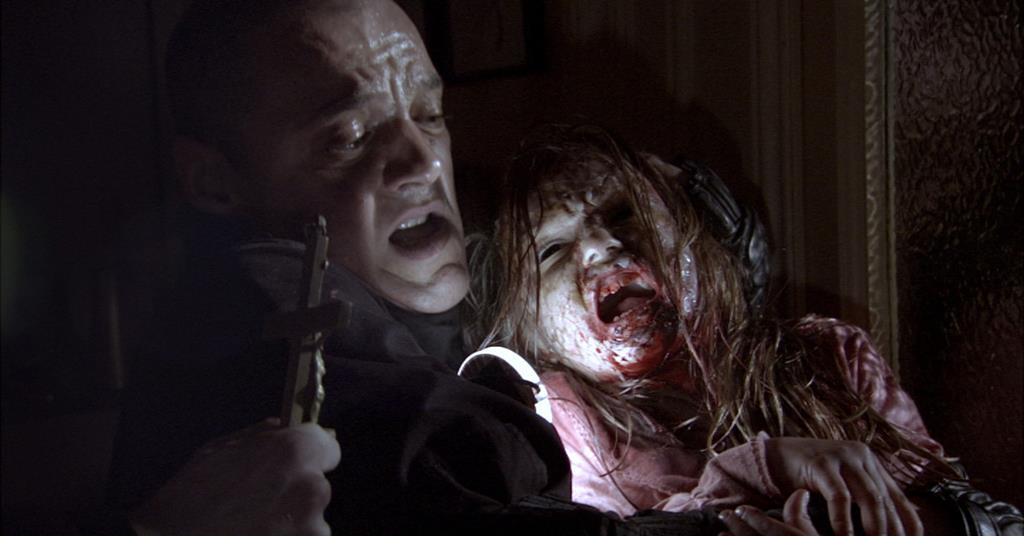

The camera work goes from one camera to numerous cameras such as another video camera and mini cams put on the SWAT member's helmets. A small SWAT team enters the building with another QUARANTINE type doctor and are asked to document everything. The second film begins exactly where the other one left off. First, the summary of the movie as a whole. One for die hard zombie fans and one for horror fans. So with that said, I will write a summary of the film as well as two small reviews. So, the recent controversy about whether Rajesh Hamal is a superstar or not, is totally unwarranted.Getting to the main point of my LOVE and HATE that I have for rec, I think it was said best from a previous review that the main difference between these two movies.and this may be a semi spoiler behind the infection.is that the first one is more of a scientific infection while the second film is more of a religious infection. Having an actor’s name and face is not sure shot success formula like before. Today people want a wholesome entertainment with good story, music, action, romance, etc. None of the actors in today’s generation can guarantee even decent opening forgot about the success. Show me any one actor in the past or in present who has such enigma like Rajesh Hamal. He became larger than life figure for his fans. May be how lousy was the script but once Rajesh Hamal made entry on screen, everyone started clapping and money spent by audience got justified. In most of the movies his action scenes coupled with strong one liners just elevated his angst against the society or antagonist. Though, Rajesh Hamal started his career with 1991 romantic musical ‘Yug Dekhi Yug Samma’, he established his career in industry as ‘savior’ in the oppressed society who would ultimately avenge to do justice for a society, family, lady love or himself. That was standard template of any ‘Rajesh Hamal’ movie. Most of his movies were social action dramas with one or two chart buster numbers. The actor did same kind of roles which almost all actors did then. Apart from ‘Deuta’ & ‘Basanti’ hardly has he experimented much in his movies in terms of acting and performance. Interestingly, if we look back today in his more than 200 movies filmography hardly we see any of his movies which was different, unique in terms of his performance or even script. From producers, distributors till exhibitors everyone cashed upon ‘ Rajesh Hamal’ frenzy. Every Rajesh Hamal release would get houseful board in theaters. During those days, there weren’t advance booking system in theaters, so movie ticket black marketers were ruling the roost. Many actresses like Niruta, Bipana, Jal, Jharana, Rekha, etc made their name playing opposite Rajesh Hamal. Most actors like Sri Krishna, Ramesh Uprety came in industry playing second fiddle to Rajesh Hamal. The euphoria of Rajesh Hamal nearly wiped out older generation stars like Bhuvan K.C, Shiva Shrestha, etc. Having this actor’s face on the poster of movie would guarantee recovery. Directors would wait for even 3-4 years just to sign this actor. That too, not just for one year but year after year. Producers would line up outside this actor’s house every single day to sign him. An actor who had more than 17 releases in a year (including cameos) and almost all of them made money. Makers didn’t know was it star power or scripts which attracted the audience.

Most of them had one or two releases in two to three years, so there was always curiosity of any movie release. Till early 90s, the word superstar was never tagged to any of then actors. Shiva Shrestha did gave competition to Bhuvan, but Shiva got opportunity to work in Pakistani movies, so he left Nepal. Shiva Shrestha, Krishna Malla, Arjun Jung Shahi, Biswo Basnet, etc also made their name during those days, but ultimate romantic musical hero was always Bhuvan K.C.

From late 70s till late 80s & early 90s Bhuvan K.C.

Theaters were small in numbers, focused in the capital mostly showing Bollywood movies. During the first few decades there were just few handful actors as there were just one release in two to five years. Nepali cinema has come a long way since its first release Aama in 1964.


 0 kommentar(er)
0 kommentar(er)
